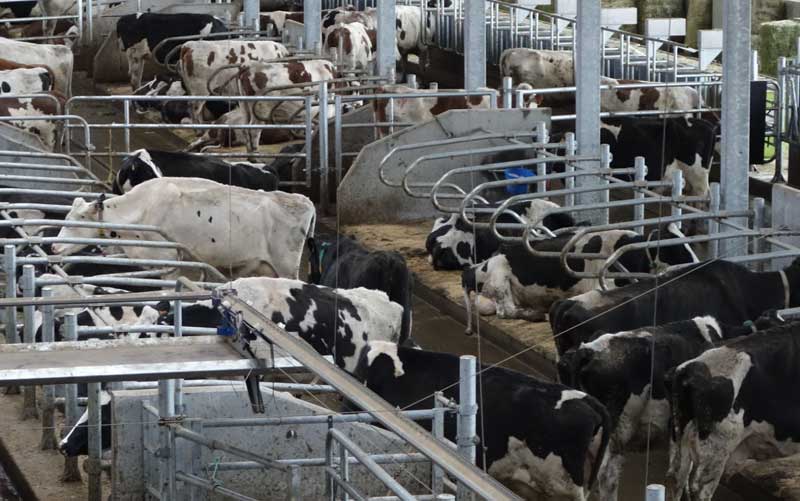SUMMARY
Study on economic models to prevent the transport of unfit end-of-career dairy cows
800w-scattle-interior-01
A study on economic models to prevent the transport of unfit end-of-career dairy cows was published by the EU Commission in May 2022. The transport of end-of-career dairy cows that are unfit for transport to slaughterhouses, in contravention of Regulation (EC) No 1/2005 on the protection of animals during transport, is a particularly concerning practice in terms of animal welfare. This study was carried out to identify drivers for this practice and options to help improve the welfare of these animals. It examines the scale of the problem, identifies reasons for non-compliance, sets out which mitigation measures have been put in place to address the issue and identifies best practices.
The evidence indicated that transportation of unfit cows does occur but assessing the scale of the problem was difficult, due to the data not being consistently collected by National Competent Authorities (NCAs).
A number of possible reasons for non-compliance were identified:
- Economic factors, which include
- the lower cost of transporting cows to slaughterhouses, compared to slaughtering on-farm
- the financial gain from selling the carcass
- existing sanctions were an ineffective deterrent
- Social factors, which include,
- peer pressure among stakeholders within the supply chain
- social acceptance regarding dairy cow welfare and lifespan
- Issues with interpreting or understanding the definition of ‘unfit’. This includes the fact that it is often the farmer making the sole decision about whether to transport a cow, despite veterinarians being more likely to have superior knowledge about the issue.
The study reported that measures had been put in place to attempt to prevent non-compliance including:
- cautions, warnings and fines (NCAs)
- best practice and transport guidelines (dairy industry)
- quality assurance schemes (dairy industry)
It was found that sanctions must be sufficiently large and well enforced in order to act as a deterrent. There was evidence to suggest industry initiatives could be more effective if combined with stringent controls, including more frequent unannounced investigations. Mandatory CCTV in slaughterhouses and improving access to slaughtering on-farm could underpin good practice. Wider actions to deal with systemic issues such as the low margin economic model for milk production and a lack of information for consumers on the welfare of dairy cows should also be seen as part of the solution.
The study highlighted an overall deficit of data on the scale of the issue, which must be remedied so that NCAs can understand the key drivers for transport of unfit end-of-life cows and apply relevant mitigation measures.
Source: European Commission, Directorate-General for Health and Food Safety, Study on economic models to prevent the transport of unfit end-of-career dairy cows : final report, Publications Office of the European Union, 2022
DOI: https://data.europa.eu/doi/10.2875/70926
Date of Publication: 19th May 2022





